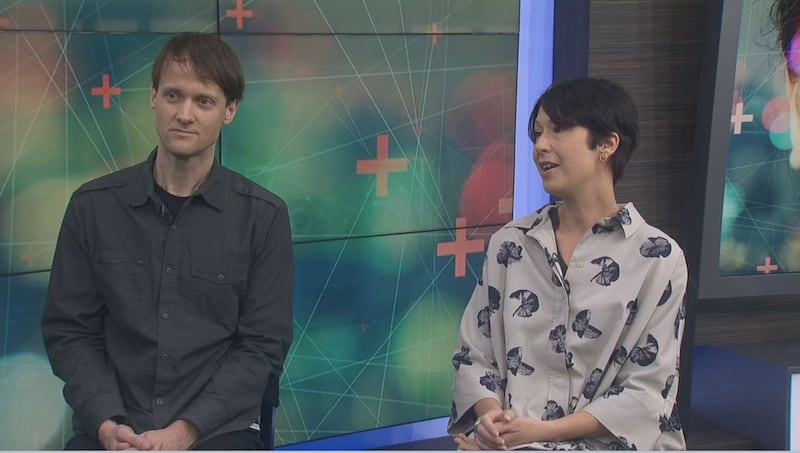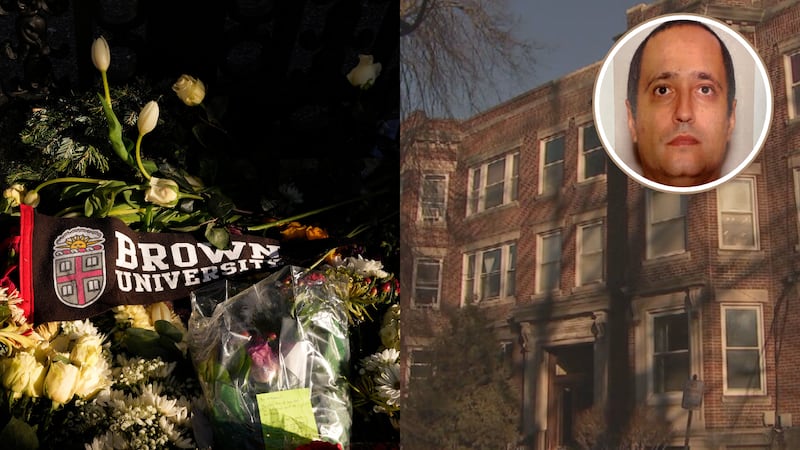CAMBRIDGE, Mass. — They are videos that appear very real. But, they are not. They are fake. They are called deepfakes. These manipulated videos appear to be alarmingly realistic and many are concerned these fake videos could be used to influence the 2020 election.
There was a contingency speech written for President Richard Nixon in July 1969 in the event that the Apollo 11 crew never made it home from the moon. But the president never actually delivered the speech. Nevertheless, a group of researchers at MIT produced a video making it appear as though Nixon is delivering grave news to the nation. It’s a deepfake.
But what exactly is a deepfake?
“Deepfakes are manipulated facial or audio material that uses artificial intelligence to manipulate them and most of the deepfakes produced so far usually don’t have the consent of those they are manipulating,” said Francesca Panetta, co-director at the MIT Center for Advanced Virtuality.
Panetta and her co-director, Halsey Burgund, want to show the power of deepfakes by altering history with their upcoming documentary, “In Event of Moon Disaster.”
“It’s very much, ‘here’s what can be done’ and open up the doors of how we did it. This is fake, don’t believe it, but be aware of this kind of thing. You might be experiencing these things and not be told that it’s fake,” Burgund said.
The technology has been used by Hollywood for years now. Think Forrest Gump or a young Princess Leia being added to a recent Star Wars film. But that technology is now more accessible. There is even a deepfake featuring President Obama. It is actually the voice of actor/filmmaker Jordan Peele. The videos can get even more sophisticated. The YouTube channel “Ctrl Shift Face” switches the faces of actors in movies, including putting Jim Carey in The Shining.
“This technology is different in the terms of its threat capacity,” said Joan Donovan, who studies online media manipulation and disinformation at the Harvard Kennedy School’s Shorenstein Center. She’s concerned a deepfake could be used to disrupt an election by the way information is shared on social media.
“Even if you don’t trick a journalist into picking up your disinformation, if you can trick a politician or celebrity into sharing it, that might trigger a set of news stories about it,” she said.
You might have even used the face-mapping technology used in deepfakes on your smartphone, using apps like Snapchat, Instagram or TikTok. The technology that created the Nixon deepfake is much more sophisticated. It took several months to create. The video was originally taken from President Nixon’s resignation speech.
Panetta and Burgund worked with a professional actor for three days to painstakingly recreate President Nixon’s voice. That video was then sent to a Ukrainian company to digitally alter it to sound exactly like the deceased 37th president. An Israeli company helped recreate the movement of the president’s mouth and lips, down to the pixel.
“Really the purpose of the project is to show audiences just how realistic deepfakes can be and to make the public more aware that they exist,” Panetta said.
So how can you spot a deepfake? The team at MIT said some giveaways include: lighting that isn’t quite right, lips that are not syncing, or shadows around the jawline.
It’s such a serious task, Facebook even launched the ‘Deepfake Detection Challenge.’ It’s a contest in which developers are exploring ways to combat deepfakes. Teams from MIT, Microsoft, Google and Amazon are all participating.
MORE: What are deepfakes? You might already be familiar with some
© 2020 Cox Media Group






